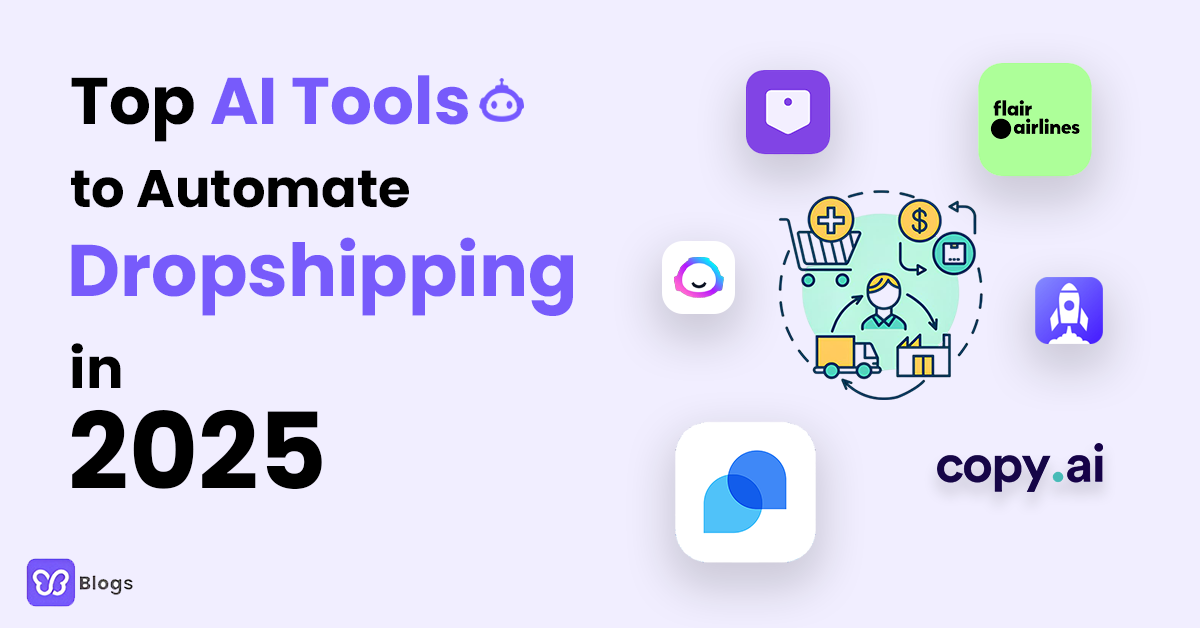Are you familiar with dropshipping or print-on-demand? These are some ways to start an online business with minimal investment. But have you heard of ghost commerce?
This concept is quietly reshaping how eCommerce business owners operate. However, it's not as widely discussed.
Ghost commerce is all about running an online store without ever stocking inventory, handling products, or even being the visible face of the business. It's like being the ghostwriter of eCommerce... Working behind the scenes while the wheels of your business turn.
Sounds interesting? Let's discuss everything you need to know about ghost commerce, its pros and cons, and how to get started.







